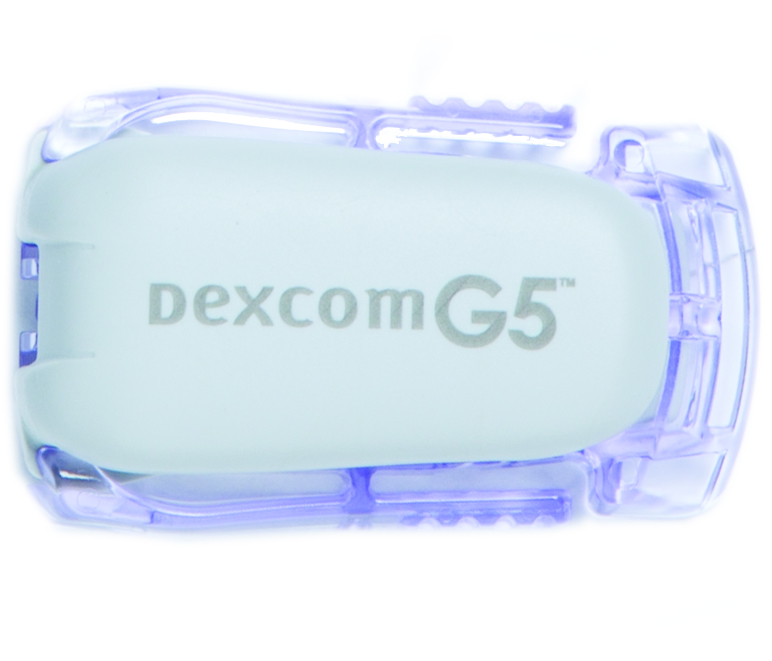Since my last post about rumours of legal action regarding CGM pricing in Australia, I’ve learnt more about the way the NDSS supply system works. As it turns out it’s just refinements of the “lay view” I outlined previously. This applies for all NDSS supplies, including CGM.
If you don’t know what all the fuss is about, you should probably read the original Cheaper CGM article.
A little more detail of the NDSS process
Suppliers have to sell the equipment to “CSODs” (Community Service Obligation Distributors). There are 6 of these. Some of the pharmacy wholesalers are CSODs, some are further down the chain.
The price for which the equipment is sold to the CSOD is fixed in the NDSS agreements. It obviously varies for boxes of needles, syringes, pump reservoirs, CGM sensors, etc. Let’s call this $SUPPLY.
That equipment is not earmarked for NDSS use. The supplier does not get to control what the stock is used for or how it’s priced if not used for NDSS. At that point the stock belongs to the CSOD.
When a customer orders an NDSS item, the pharmacy orders the item through their wholesaler. At that point the CSOD bills the government $SUPPLY plus a $1 (per box) fee.
Depending on the item, the customer will either pay nothing (e.g. for CGM or for needles/syringes) or a “part-payment”. The pharmacy passes that money on to the government, with the pharmacy also earning $1 per box.
What does this mean?
Pharmacies and wholesalers don’t make significant money from NDSS. $1 per box, and that’s it.
 There does not seem to be any way that AMSL can control what price pharmacies sell Dexcom CGM sensors for outside NDSS.
There does not seem to be any way that AMSL can control what price pharmacies sell Dexcom CGM sensors for outside NDSS.
We can’t really expect the pharmacies to sell them for much less than $SUPPLY (plus some basic markup by the wholesaler and the pharmacy) but beyond that it’s just standard competition between pharmacies. But the $SUPPLY price that AMSL gets is fixed.
Of course, IANAL (I Am Not A Lawyer) so that’s not a definitive statement, but I am hopeful that the current pharmacy pricing is unlikely to change soon.
Subscriptions?
Medtronic is also affected by this pharmacy supply chain. The pharmacies are able to sell their sensors for a similar cost to Medtronic’s 12-month subscription plan. There can be more flexibility for people to order by the box through the pharmacy, but while that’s cheaper ($254) than Medtronic’s per-box pricing ($375), no-one seems particularly upset by the difference. But I think most of their direct customers have traditionally taken the subscription option.
Mind you, I’m aware of some people currently excited about having the per-box flexibility they didn’t have before with Medtronic sensors at this price.
AMSL‘s per-box price of $370 doesn’t seem dramatically different to Medtronic’s (although Medtronic have five 7-day sensors in a box while Dexcom only have four). But AMSL have so far not provided any lower-cost (e.g. subscription) price model (although Dexcom subscriptions are available in other countries).
Maybe AMSL will finally start offering subscription pricing?


This is good news I think.
I bought a box of G5s from a My Chemist and I asked at my local Amcal if they too could sell me a box at the reduced rate. Amcal investigated and informed me that they were told it was illegal,!
I now believe they were misinformed
My Local Guardian pharmacy are going to research for me as their understanding was we had to have it through NDSS untill I showed them your article and told them about Chemist Warehouse etc… I may just have to go to Chemist Warehouse a bit away to get CGM stuff or the outside pharmacy at work 🙂 …. Thank you for the info <3
This is great news. I have yet to check with my chemist (currently my local Chemist Warehouse supplies all my NDSS pump supplies) to see if they can supply Medtronic sensors but as I get up to 3 weeks per sensor, not having to pay a monthly subscription could reduce my costs by dramatically!
Thanks David for helping us with ways to possibly reduce the cost this life changing tech.